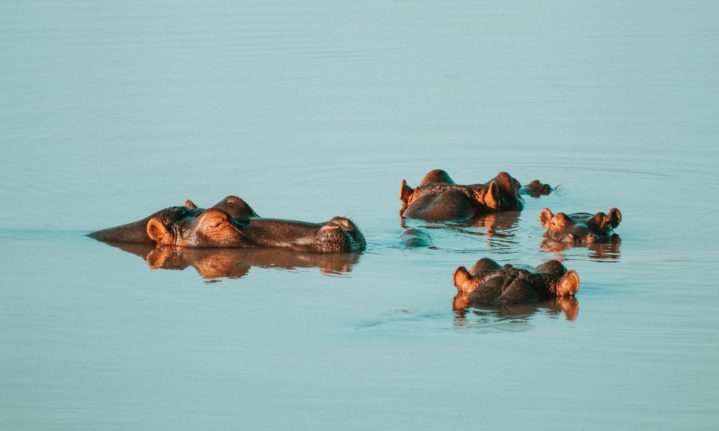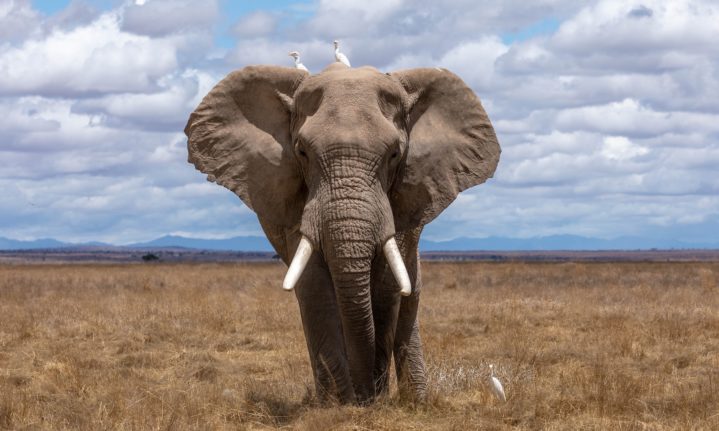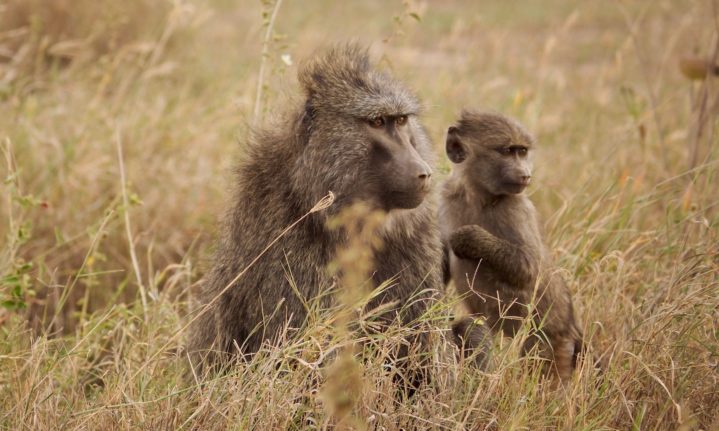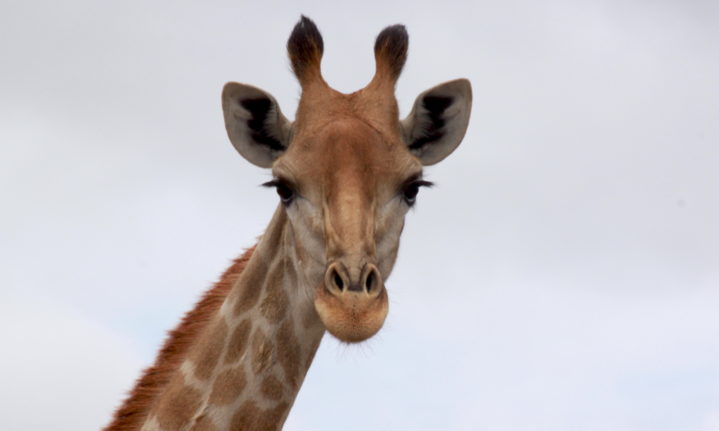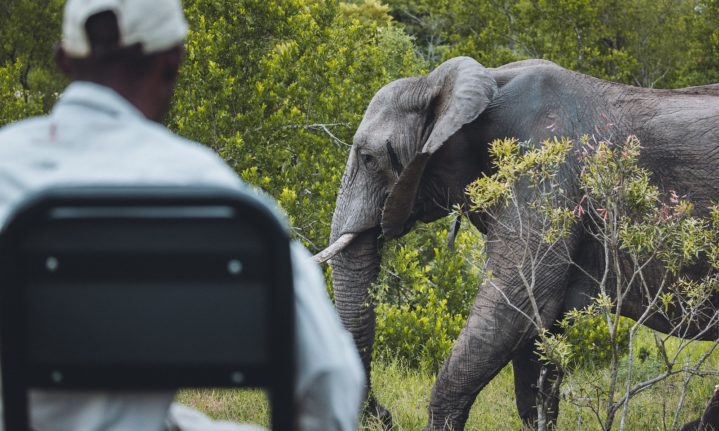South Africans in certain parts of the country have their fair share of wildlife encounters. Many people live in close proximity to wild animals, and many others journey to experience the bushveld whenever they can.
Many wildlife encounters have made headlines in recent years, even some that led to tragic outcomes.
READ: Child dead after giraffe attack in KwaZulu-Natal
It’s important that we treat animals with respect and allow them space to be comfortable in their natural habitat. Behaviour that induces stress in animals puts our lives risk, as well as theirs.
Here are some helpful tips on what to do when you encounter a wild animal in a potentially dangerous situation. The best tip by far, is to avoid risky situations altogether.
General tips on wildlife
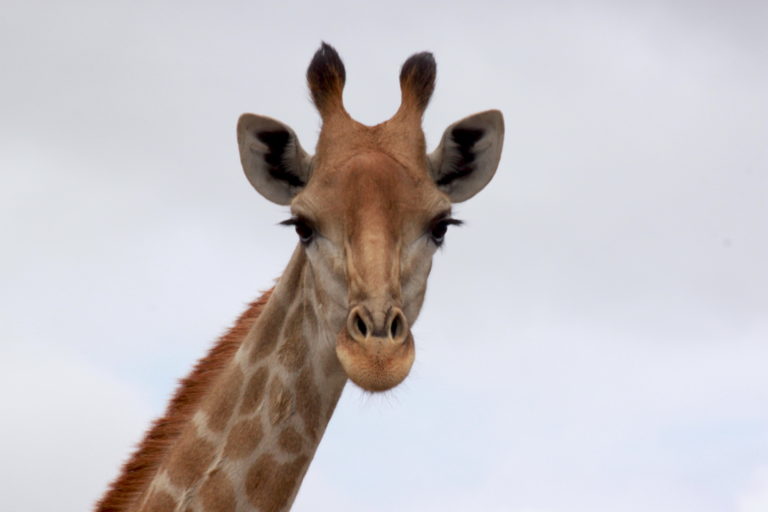
Picture: Jordyn Johnson
As counter-intuitive as it might sound, the best thing to do really is to keep calm when you encounter a wild animal. Animals respond to body language and can become agitated or confused if you appear panicked. Be on high alert for changes in their behaviour that could warn you that they are unhappy ahead of time.
It is also incredibly important to maintain distance between yourself and the animal, never cutting off their direction of movement or escape route. Even docile-looking herbivores can pose a danger to humans if they feel threatened.
Stay away from mothers and their young, move slowly, and walk or drive away should the animal become aggressive or uncomfortable.
Of course, animals are unpredictable and even experienced rangers can’t always prevent incidents. It’s important to do your own research and seek professional advice if you know that you will be in close proximity to wildlife of any kind, especially self-drive safaris where no guides are present. Always follow the rules of the reserve.
Elephants
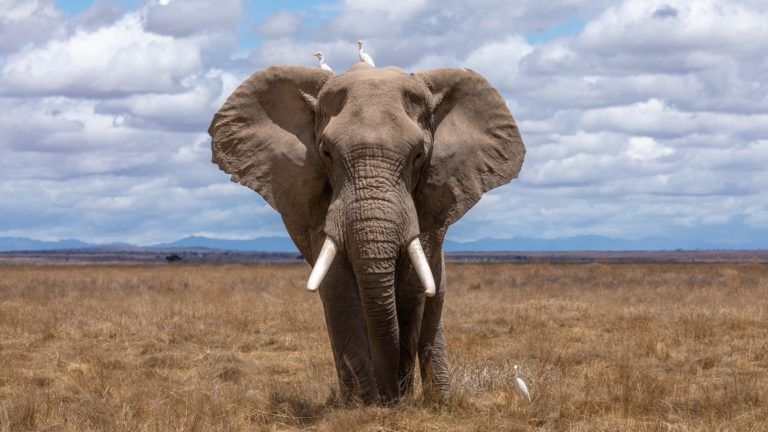
Elephants are highly intelligent and researchers believe they have an excellent memory. Unfortunate incidents can lead to a sense of distrust with tourist groups, making them unpredictable. Always give them space, remain calm and quiet, and back off if they “ask you to.”
READ: Elephant charges at guides in Kruger in close encounter
Signs that an elephant is uncomfortable
- Swinging its front foot
- Flapping its ears and raising its head
- Coiling and uncoiling its trunk, or swinging the tip of its trunk back and forth
- Breaking vegetation without eating it
- Smelling in the tourist vehicle’s direction
- Visible signs that it is in musth
Important things to remember
- Slow down if you see elephants
- A comfortable distance for the elephant is about 100 meters
- Never cut off an elephant from its direction of movement, and never get between a calf and its mother
- Never get out of your car
- If you accidentally drive into a herd, stay calm and quiet, and take the first opportunity to move to a safer viewing distance.
READ: Man runs for the bush during elephant encounter in Hluhluwe
Read more about elephant safety at Wildcard.co.za
Hippos
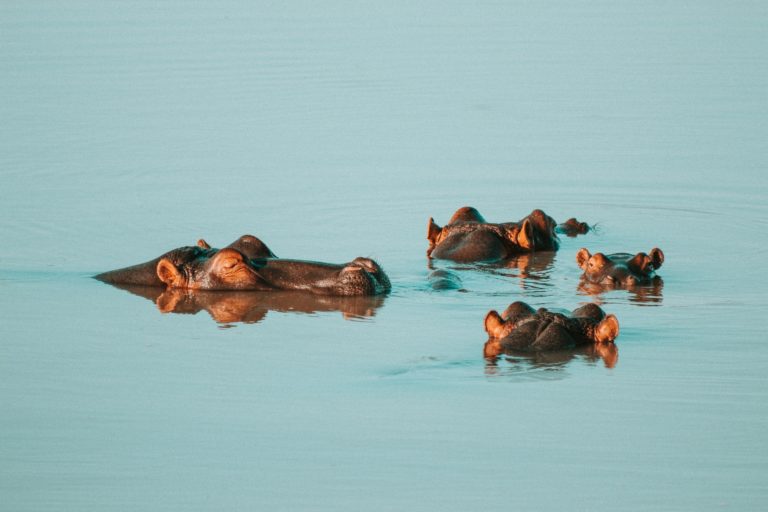
Hippos are happiest when submerged in water and as with all wildlife, they are calmer when humans keep their distance. With over 500 hippo attacks in Africa each year, it’s important to be aware of your surroundings if you know there are hippos in the area.
READ: Woman in critical condition after hippo attack in St Lucia
They are more territorial in the water which is the reason most attacks happen to swimmers or people in boats. There are still accounts of attacks happening on land, so it’s important to remain alert when you know there are hippos around.
Important things to remember
- Be very aware of your surroundings, look out for hippo tracks and scat.
- Keep your distance from hippos in the water.
- Avoid thickets where hippos could be grazing, especially at night or during the dry months when they leave the water in search of food.
- Never get between a hippo and its water source, or a mother and her calf.
- ‘Yawning’ is a very clear sign that a hippo is unhappy.
Humans are much slower than hippos, so the best thing to do should you encounter an angry hippo is to find cover. Having a tree or big rock between the two of you should slow the hippo down and hopefully give you time to get to safety.
To learn more about hippo encounters, have a look at a-zanimals.com
Baboons
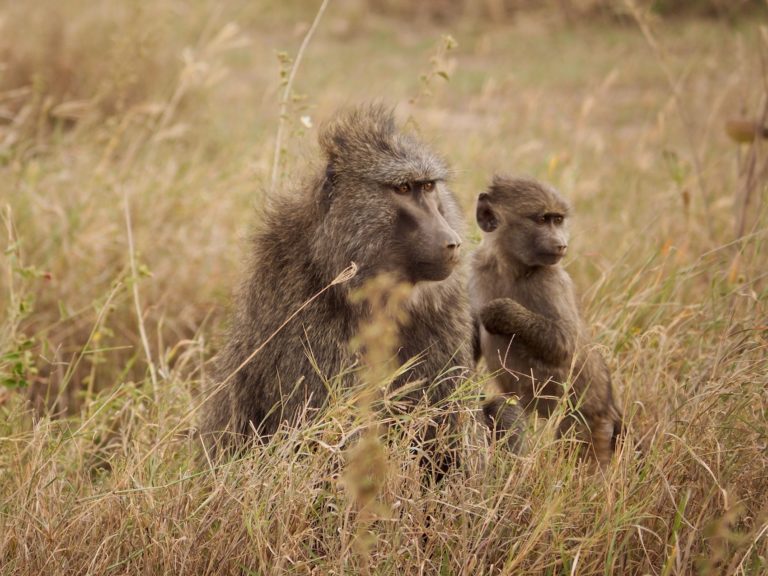
Baboons often live in close proximity to humans. In many parts of the country, you’ll either come across baboons lazing over your hiking path or hear their distinctive barks in the distance.
Their large stature and big teeth add to their menacing demeanor, but the good news is that reported baboon bites are extremely rare. However, it’s still important to be careful around them.
Important things to remember
- Don’t show them any food (keep it out of sight).
- Don’t block their path or walk through a troop.
- Avoid eye contact, and don’t run.
- Never try to take anything they steal back from them
Should a baboon stare fixedly at you, display its teeth, shake its head, or give a warning bark, back away slowly without turning your back on the baboon.
For more on baboon behaviours, visit sanbi.org.
Pictures: Unsplash
Follow us on social media for more travel news, inspiration, and guides. You can also tag us to be featured.
TikTok | Instagram | Facebook | Twitter
ALSO READ: Giraffe protects its dead calf from 8 hyenas











